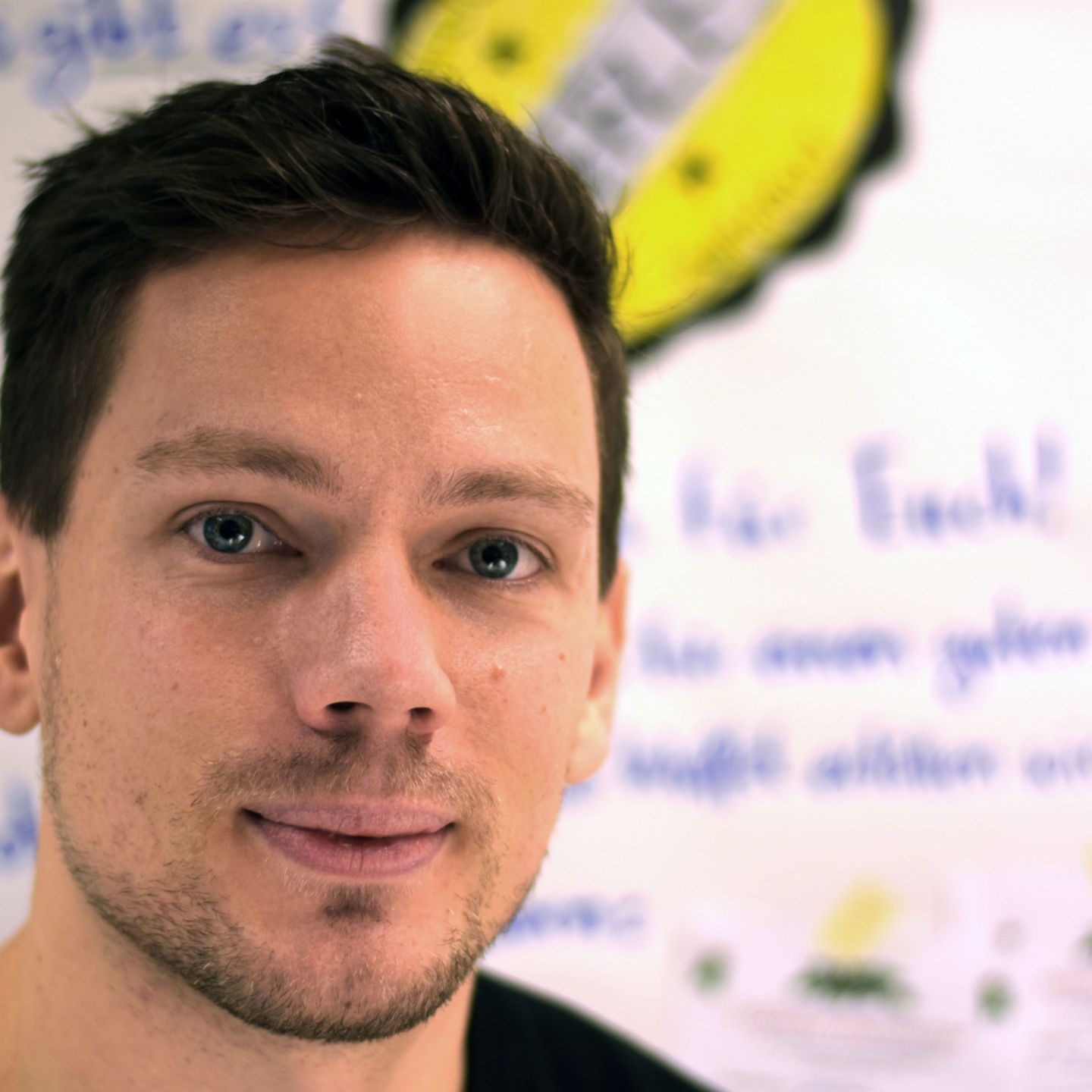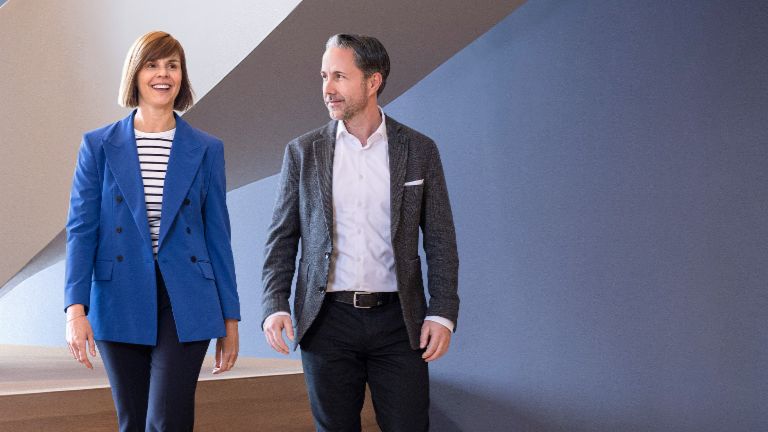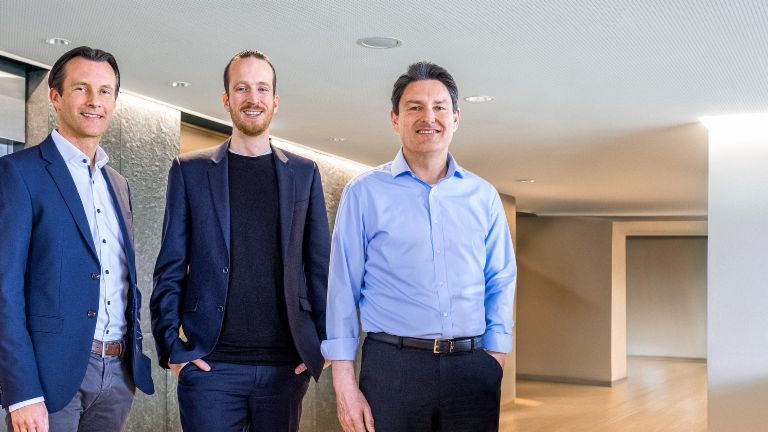Agile working: Three work hacks that make you more agile right away.
Our response to a more complex world is agile working. But the buzzword embodies various methods and countless interpretations. EOS Scrum Master Dirk Hofmann reveals three specific work hacks that employees and companies can use.
Dirk Hofmann makes one thing clear right from the start: “We’re not doing all this for fun,” says the 33-year-old about agile working in the EOS Group. Hofmann is Scrum Master at EOS Technology Solutions. For him, there are basic economic reasons to use agile methods e.g. based on the scrum framework: “Otherwise, we will go down in the history books as the next Nokia.” Nokia, at that time the world’s largest mobile phone manufacturer from Finland, had failed to keep pace with the smartphone revolution.
Even though EOS is already in a good position in respect of cultural change, as an agile organization that takes the digital transformation seriously, the Group should not “rest on its laurels”. In this context, Hofmann is relying less on dry theory but above all on experiences, to drive cultural change forward so as to achieve more agility: “The best approach is to make it fun.”
For this playful approach to agile working Dirk Hofmann reveals his top 3 agile work hacks:

1. Calculator exercise.
40 consecutively numbered flash cards are distributed randomly in a marked rectangle on the floor. The task: a team of up to 8 people has to touch as many numbers as possible in sequence. Only one person can be in the field of play at any one time. A game master (moderator) makes sure that the rules are adhered to and acts as timekeeper. If you get the 40 right or make a mistake you have to start again at 1. Each team member has to enter the field of play at least once per round (sprint). The team holds a brief planning meeting (‘huddle’) first to discuss the process and estimate the time they will need. Following the game, the team has two minutes to discuss how it went (retrospective). The whole thing is repeated several times.
Hofmann’s verdict:
“My favorite option for experiencing agile working methods”

2. Ball point game.
At least 100 balls of the same kind are lying in a room. The team has to pass as many of these balls as possible through the rows in two minutes. Each ball must be touched at least once by every team member. In addition, the balls must not be passed to your direct neighbor on either side and each ball must have air-time. Before each of the five rounds (iterations), the team has a two-minute huddle to estimate how many balls it is likely to manage to pass through the system. A game master (product owner) notes the estimates on a flipchart. After each iteration, the team discusses what went well and what could be done better (retrospective).
Hofmann’s verdict:
“Ideal game for getting to know the ‘inspect & adapt’ principle: inspect the work and adapt to changes.”

3. 5. Why method.
Not a game as such, but a process for determining cause and effect. The 5 whys method, developed by Toyoda Sakichi from Japan, could also be described as the 3 whys or 7 whys method, because to get to the root of a problem sometimes you need to ask more and sometimes fewer questions.
A 5 whys example: Mr X is late for work.
- Why is he late? Because he leaves home late.
- Why does he leave home late? Because he spent too long in bed.
- Why did he spend too long in bed? Because it took him a long time to fall asleep.
- Why did it take him a long time to fall asleep? Because he had a lot on his mind.
- Why did he have a lot on his mind? Because he had had an argument with his daughter.
Conversely: when Mr X has an argument with his daughter he gets to work late.
Hofmann’s verdict:
“If you really take the time for this stage-by-stage questioning it helps you get to the root of a problem. And this is the only way to find solutions that are appropriate for the cause.”
But obviously, methods alone do not by a long shot create agility in a company. It is the mindset that counts. Agile teams function above all because every single team member has embodied agileprinciples – this is something that Hofmann makes equally clear.

An agile mindset needs time, trust and good collaboration.
About Dirk Hofmann.
In his capacity as Scrum Master, Dirk Hofmann has been helping teams working on the EOS FX Project to implement agile methods since 2018. He has a Bachelor of Business Administration from the University of Bremen and a Master of Business Psychology from the Fresenius University of Applied Sciences.
Photo Credits: Holger Koschek / EOS, Getty Images
Explore more from EOS



